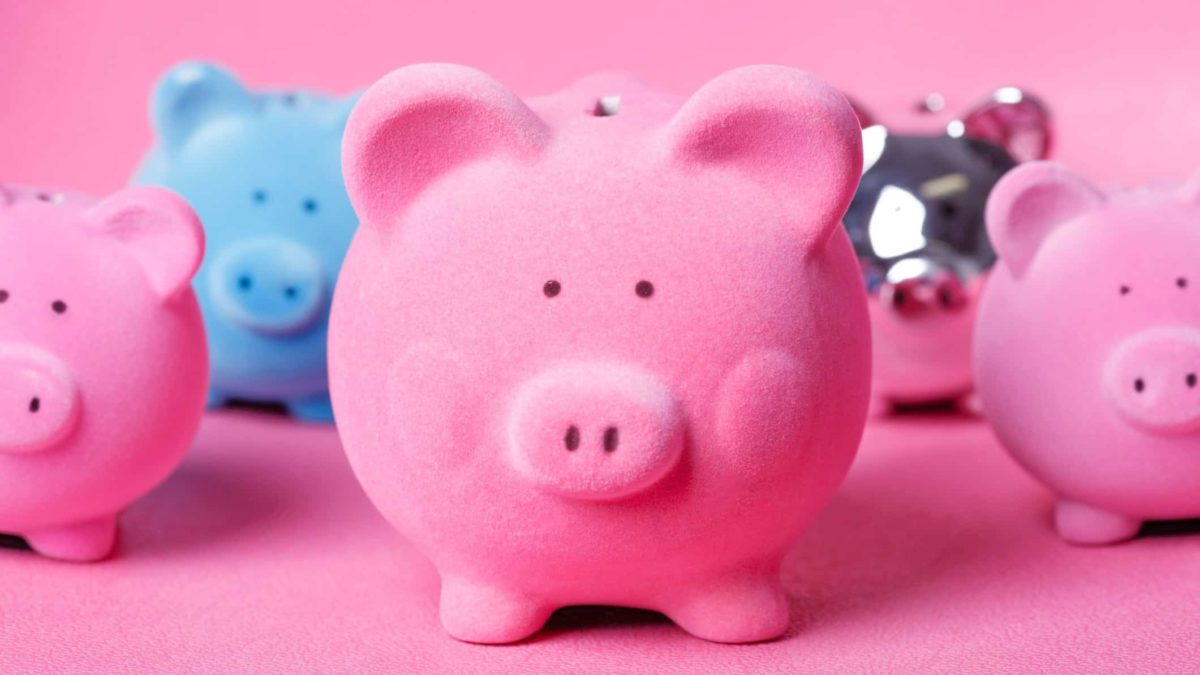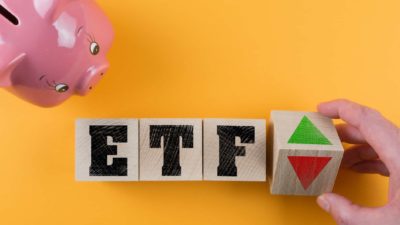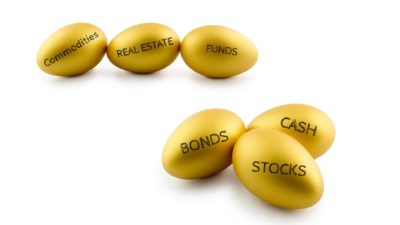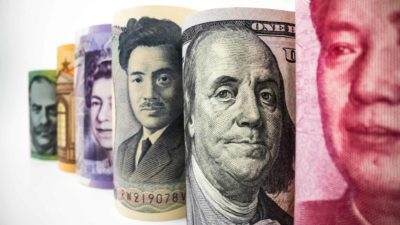Ah, diversification… that magic word in the world of investing. One of the few consistent things you will hear from most financial advisors, stock pickers and would-be market experts is the importance of 'diversification' in your investment portfolio.
A Nobel prize-winning economist even called it the 'only free lunch' in finance. Yet, it's not quite enough to say 'don't put all your eggs in one basket' in 2021. The world has changed (insert cliche) in a dramatic fashion over the past 12 months, and 'good diversification' might just have changed with it. So let's have a look at this concept, and what it means in 2021 and beyond.
The primary objective of diversification is to mitigate risk without damaging your portfolio's potential to deliver returns. It's a lot better to have your money spread across 10 ASX shares than one, for instance. That way, if a black swan event, or another unforeseeable catastrophe, hits one of your companies, it won't irrevocably ruin your portfolio.
But that's diversification in its most basic application. Many investors also like to diversify their money between different asset classes too.
How do investors diversify?
Over in the United States, it used to be very common for financial advisors to recommend what's known as the '60/40 portfolio'. That represents a model portfolio consisting of a 60% allocation to shares, and a 40% allocation to fixed-interest investments, usually government bonds.
The idea is that the high potential of volatility (together with the possibility of higher returns) of shares are tempered with the stability of the bonds. Thus, you have a growth-orientated portfolio that won't be as prone to volatility as a simple index exchange-traded fund (ETF) of shares.
That used to work reasonably well. But in 2021, the story is different. Government bonds are directly tied to interest rates. If rates fall, the bonds increase in value, and vice versa. But the problem is today, interest rates across the advanced economies of the world are all essentially at zero.
That means that bonds are arguably offering little to no potential future upside (unless rates go negative) today, together with very low running yields. This situation has possibly all-but rendered bonds impotent as an asset class offering a real rate of return.
As such, we have seen a rise in interest in asset classes that aren't normally too popular with most investors. Why do you think we saw the gold price break its all-time high in 2020? Or witnessed bitcoin explode in value over the past few months in particular? It could be because investors are hunting for an alternative to having all of their capital in the share market right now.
So what's the answer for how to diversify in 2021 and beyond?
Diversification in 2021
Well, there's no harm in seeking to diversify your money across many different asset classes. That principle still arguably stands.
But it might be prudent to assess the intrinsic and holistic value of the assets you are using all the same. If you think bitcoin, or some other cryptocurrency, has a real intrinsic value today, then you wouldn't be the only one.
We've recently covered how some ASX fund managers are exploring this avenue. There's always gold as well. Although gold is not everyone's favourite investment, it still remains one of (if not the) the oldest means to store wealth. There's always that great Aussie past time of property too. Many investors love the simple fact that everyone is always going to need a place to live.
Additionally, many great investors are completely comfortable just with a well-balanced and diversified portfolio of ASX shares as well – with perhaps some international shares thrown in for a bit of spice. There's no real 'right or wrong' answer to this question, it just depends on how comfortable you are with where your money is placed.







